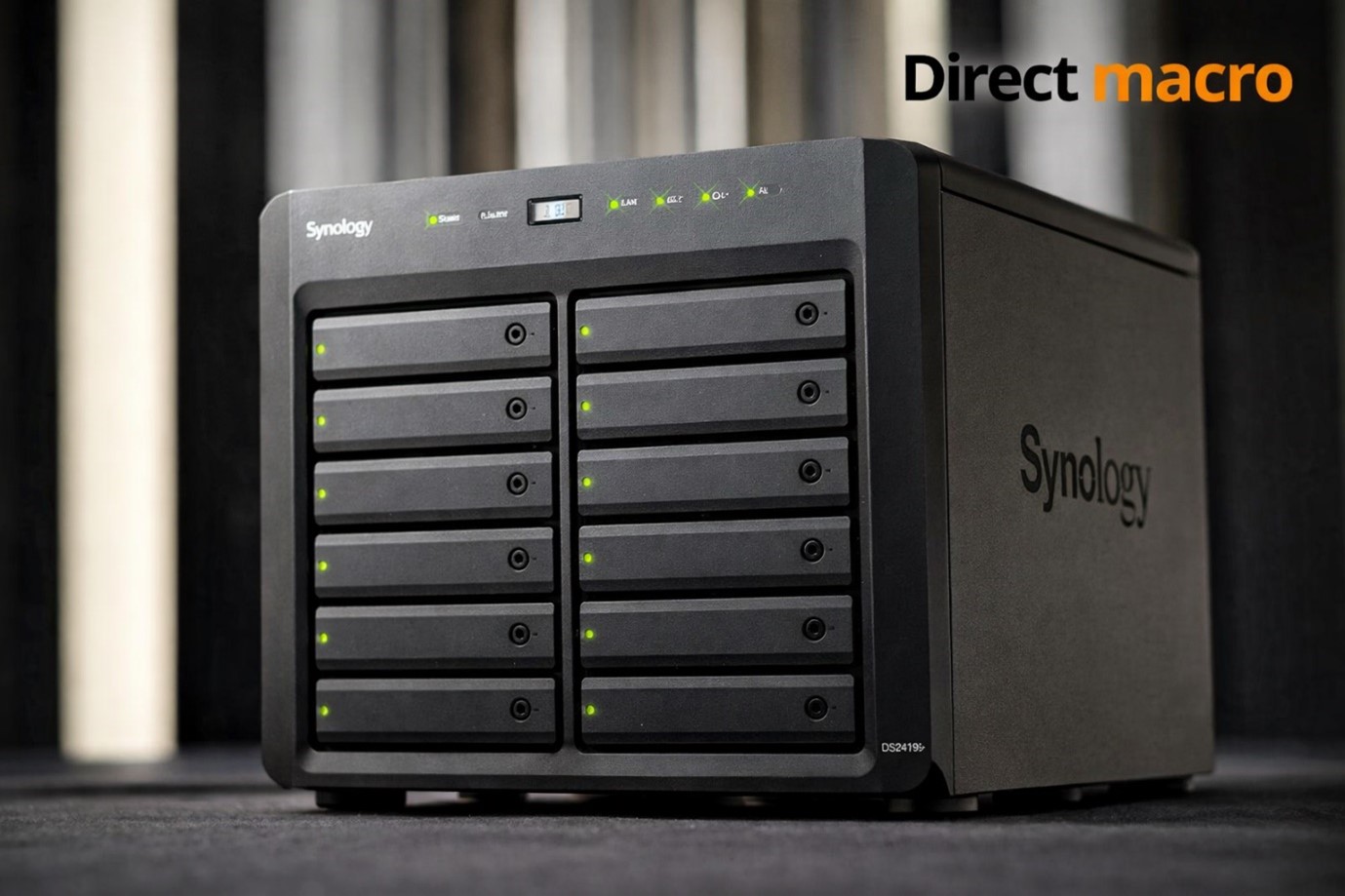ASRock Launches Compact N100M and N100DC-ITX Motherboards with Alder Lake-N Technology
ASRock, a leading global motherboard manufacturer, has recently announced the launch of its N100M and N100DC-ITX motherboards. These latest additions, designed for small-form-factor (SFF) systems, are powered by Intel’s energy-efficient Alder Lake-N processors, particularly the N100.
Born from the Intel 7 node, formerly known as the 10nm SuperFin process, the Alder Lake-N is essentially an Alder Lake chip sans the P-cores. While primarily aimed at entry-level mobile devices, these power-conserving processors – boasting a Thermal Design Power (TDP) ranging from 6W to 12W – also find favor in embedded applications. The N100M and N100DC-ITX leverage the quad-core N100, which operates four E-cores with a peak clock speed of 3.4GHz and a 6MB L3 cache.
While the N100M conforms to the micro atx motherboard form factor, the N100DC-ITX emerges as a mini-ITX motherboard. Both models possess a modest power delivery subsystem featuring a 2+1+1 design, fitting for the 6W N100 chip. Consequently, ASRock has implemented a passive heatsink to cool the N100, leading to a silent, fanless cooling design for both the N100M and N100DC-ITX. Power is supplied to the N100M via a conventional 24-pin connector, whereas the N100DC-ITX is equipped with a DC jack compatible with 19V power adapters.
In terms of memory, both motherboards house a single DDR4 memory slot. ASRock has chosen DDR4 memory support to keep consumer costs down, as DDR5 remains relatively expensive. The N100 officially supports up to 16GB, but ASRock assures up to 32GB compatibility on the N100M and N100DC-ITX.
Featuring the Intel UHD Graphics Xe engine, the N100 comes equipped with 24 Execution Units (EUs) clocking up to 750 MHz. While unsuitable for gaming, the integrated GPU (iGPU) excels in encoding and decoding tasks, supporting 10-bit HEVC and VP9 encoding and decoding, as well as AV1 decoding. The N100M provides an HDMI 2.1 port, DisplayPort 1.4 output, and a D-sub port, while the DisplayPort 1.4 output is absent in the N100DC-ITX.
Each motherboard features a single PCIe 3.0 x16 expansion slot, electrically limited to x2, with the N100M offering an extra PCIe 3.0 x1 expansion slot for additional expandability. Neither motherboard offers built-in wireless connectivity, but ASRock provides an M.2 socket (Key E) for the separate installation of an M.2 2230 wireless module.
Other similarities between the two motherboards include an M.2 slot running at PCIe 3.0 x2 for drives up to 80mm long, two SATA III connectors, a single Gigabit Ethernet port powered by a Realtek 8111H controller, and a 7.1-channel audio experience delivered by the Realtek ALC897 audio codec.
The N100M’s rear panel features a USB 3.2 Gen 2 Type-C port, two USB 3.2 Gen 1 ports, four USB 2.0 ports, and a PS/2 combo port for users relying on this interface. The N100DC-ITX has a slightly different configuration, where the USB 3.2 Gen 2 Type-C port has been replaced by a traditional serial port.
ASRock remains silent about the pricing and availability of these new computer motherboards. However, given their potential for energy-efficient, small-form-factor systems, these new additions are eagerly anticipated by the tech community.
FAQs
How big is a micro ATX motherboard?
A micro ATX motherboard typically measures 244 x 244 mm. This smaller size, compared to standard ATX motherboards, makes them ideal for compact PC builds.
How to install a micro ATX motherboard?
Installation of a micro ATX motherboard is similar to other motherboards. You secure it into a compatible PC case using the provided screws, connect the power supply, and then connect other components like the CPU, RAM, and storage drives. Always consult the motherboard’s manual for specific instructions.
What are micro ATX motherboards?
Micro ATX motherboards are a type of PC motherboard designed for smaller, space-efficient builds. They typically have fewer expansion slots than standard ATX motherboards but still offer a solid range of functionality for most users.
What is the best micro ATX motherboard?
The best micro atx motherboard can vary depending on specific user needs, such as intended use, CPU compatibility, and desired features. However, models like ASRock’s N100M, which balance power, efficiency, and compact size, are often highly regarded.
Do you need advice on buying or selling hardware? Fill out the form and we will return.

Sales & Support
(855) 483-7810
We respond within 48 hours on all weekdays
Opening hours
Monday to thursday: 08.30-16.30
Friday: 08.30-15.30








